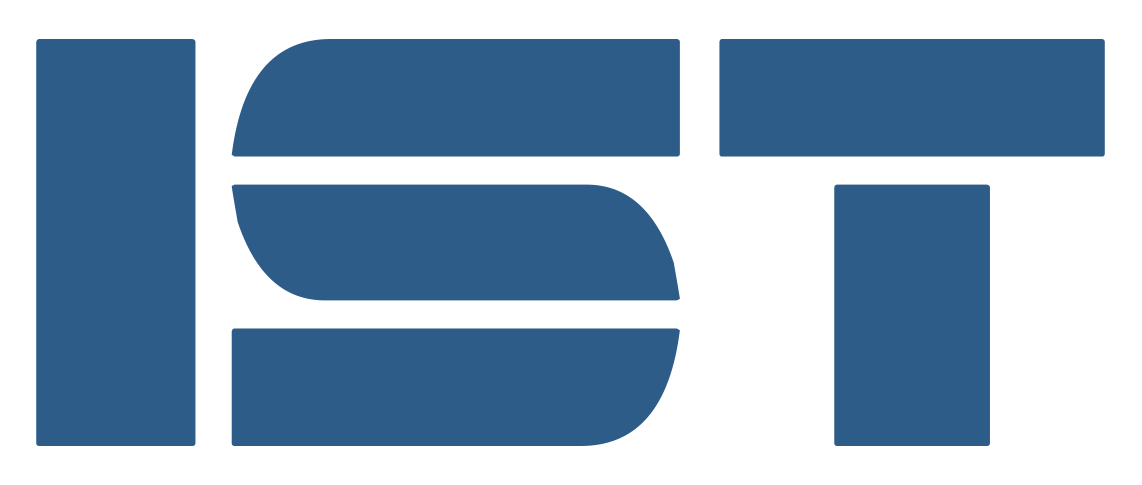The Institute of Science and Technology’s legacy in science innovation and research serves as a lighthouse to inspire future technology innovations and foster meaningful education opportunities for IST students. IST was founded in 1985 by four distinguished international scientists and entrepreneurs with a vision of creating an Institute to promote science and science education for the betterment of society.
IST History
IST Founders
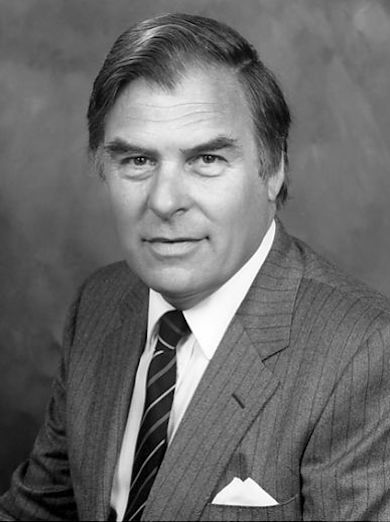
Sir Dr. Geoffrey Pardoe
Dr. Pardoe served as Chairman of the British Watt Committee on Energy and was President of the Royal Aeronautical Society. He championed Britain’s early space efforts, deterrent weapon systems, and numerous European energy initiatives. As a tribute to Dr. Pardoe’s legacy, the Geoffrey Pardoe Space Award is presented each year by the Royal Aeronautical Society.
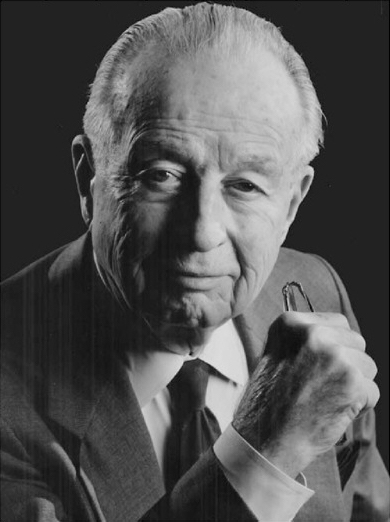
Mr. Willis Hawkins
Mr. Hawkins was instrumental in launching the Lockheed Missiles and Space Company and served as its President. As Assistant Secretary for Research and Development with the United States Army, Mr. Hawkins led the design team producing the proposal that led to the legendary C 130 Hercules aircraft. He is a recipient of the President’s National Medal of Science.
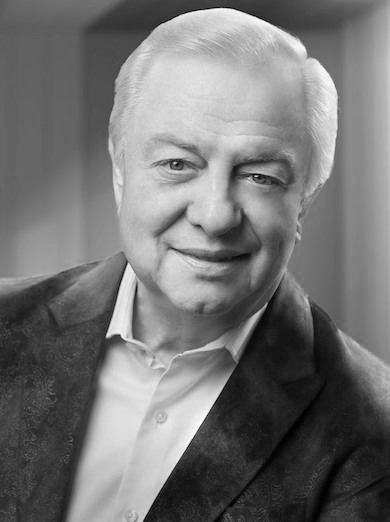
Dr. Roger Billings
Dr. Billings is a hydrogen energy pioneer and inventor of the hydrogen automobile. Billings transformed the computer field in 1978 when he launched the first all-in-one personal computer – three years before the IBM PC. He is the inventor of client/server computing and a co-inventor of B2 Cryptography. Billings is also the creator and Chairman of Acellus, an innovative learning accelerator that is in use by 6,500 schools.
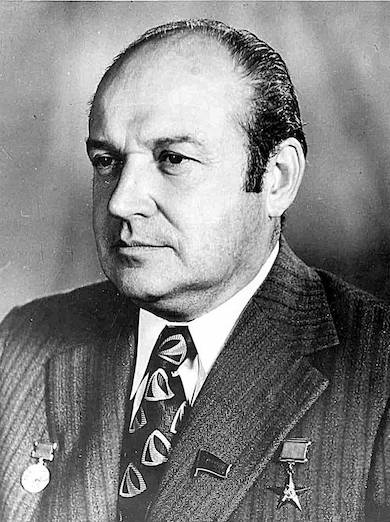
Dr. Alexei Nicoli Tupolev
Dr. Tupolev gained notoriety as a Soviet aircraft designer who led the development of the first supersonic passenger jet. He was instrumental in the design of the Soviet space shuttle and taught classes in aircraft, aerodynamics and design at the Moscow Aviation Institute.
This prestigious group wanted to create a formal graduate program at the doctoral level where the student would conduct original research, take it through the engineering phase and then turn the idea into a useful commercial technology with the goal of improving the quality of life today and tomorrow.
The founders shared a vision of an applied doctoral degree program in which students would take courses in diverse areas such as innovation, patent law, finance, sales, marketing and advertising in addition to specialized training programs that would combine science, engineering and business all in one degree. By combining multi-disciplinary coursework with rigorous research, students would receive a practical and well-rounded education resulting in the development of true innovators. They coined the word “Innovationeering” to mean “The science of putting science to work.”
The institution was originally founded as the American Academy of Science and was recognized by the IRS in 1988 as a 501(c)(3) charitable organization. In 1991, the institution was granted an exemption as an eleemosynary school in the state of Missouri. The following year, in 1992, the name of the institution was changed to the International Academy of Science to better reflect the global impact of the school’s mission.
Early in the early 1990s, the Academy embarked on a major research initiative to reduce the fuel cost of powering an automobile with hydrogen – a pollution-free alternative fuel. With assistance from a research grant provided by the Pennsylvania Energy Office, graduate students at the Academy developed the world’s first hydrogen fuel cell car. The breakthrough efficiency of the hydrogen fuel cell cut the fuel cost by two thirds, making hydrogen fuel economically feasible for the first time.
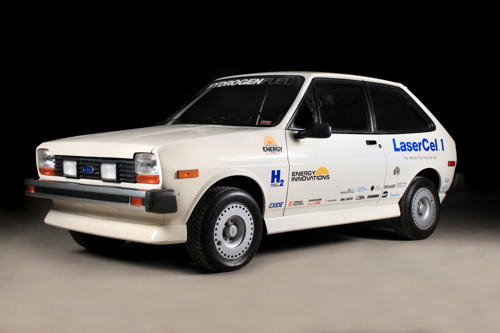
In 2000, the Academy through student projects, created the Science Information System (SIS) where scientists could publish their work and receive feedback from their colleagues. The three-part system provides for the responsible free flow of scientific information. The Encyclopedia of Science and Technology is a reference resource containing a compilation of scientific and technological information, the Journal of Science is a peer-reviewed technical journal published in an electronic format and the Scientific Community Registry is the compilation of background information regarding the worldwide membership of the Scientific Community. This Science Information System provides the venue for students to share their research and peer review other science projects and innovations.

In 2001, the Acellus Learning System was created as a result of a scientific study of the learning process which provides self-paced academic courseware for students to study online. This courseware was created as a learning environment for students to complete courses involving engaging video lessons, innovative teaching styles and personalized instruction in an online environment. Systems were put into place where student responses were tabulated and could measure student and courseware quality results.
Since that time, Acellus has been expanded to include over 300 courses, kindergarten through high school. As the Acellus courseware become comprehensive, IST launched Acellus Academy which is an accredited online school serving grades K-12. Acellus continues to be a major initiative of IST and the program is now in use at 6,500 schools, reaching approximately 3.5 million students.
In 2005, the name of the institution was changed to the Institute of Science and Technology and it became a program of the International Academy of Science. Since that time, IST has developed many other programs at the undergraduate level and graduated students in the fields of cyber security and E-Learning, building upon the vision of putting science to work.
IST’s computer science programs have rapidly evolved to remain on the cutting-edge of the field. In 2013, IST students participated in a research initiative funded by the United States Army to reduce network latency to improve the speed of military data communications. IST students designed a custom silicon chip to power a nano-latency network switch, thereby reducing the latency by an order of magnitude. At the time the prototype was delivered to the Army, it was the world’s fastest performing network switch.
IST expanded its programs to include cyber security in response to concerns raised by The Massachusetts Institute of Technology (MIT) about a national shortage of cyber security professionals. In 2018, two IST faculty members announced the co-invention of B2 Cryptography, a new disruptive technology which solved the age-old problem of securely exchanging encryption keys, even over a public network. This cryptographic breakthrough has proven to be many times more secure than the commonly used alternative (PKI).
B2 Cryptography is the underlying technology behind the Warfighter Authentication & Secure Communication system, which was designed at IST and received the 2018 Defense Innovation Award. B2 Cryptography has been deployed by the Department of Defense and other Federal government agencies.
IST is a catalyst for innovative thinking and bold exploration of cutting-edge scientific research. The technological breakthroughs achieved by IST students is a testament to our founders’ philosophy of providing a learning environment for applied research to advance science for the betterment of society.


